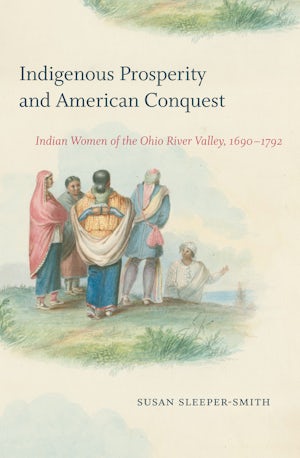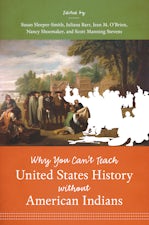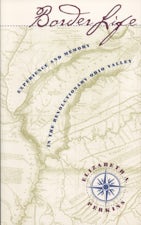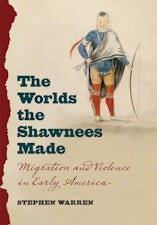Indigenous Prosperity and American Conquest
Indian Women of the Ohio River Valley, 1690-1792
By Susan Sleeper-Smith
368 pp., 6.125 x 9.25, 32 halftones, 16 maps, 4 tables
-
Paperback ISBN: 978-1-4696-5916-9
Published: February 2020 -
Hardcover ISBN: 978-1-4696-4058-7
Published: June 2018 -
E-book EPUB ISBN: 978-1-4696-4059-4
Published: May 2018 -
E-book PDF ISBN: 979-8-8908-5268-7
Published: May 2018
Published by the Omohundro Institute of Early American History and Culture and the University of North Carolina Press
Buy this Book
- Paperback $35.95
- Hardcover $45.00
- E-Book $19.99
For Professors:
Free E-Exam Copies
Published by the Omohundro Institute of Early American History and Culture and the University of North Carolina Press
Awards & distinctions
Honorable Mention, 2019 Ray Allen Billington Prize, Organization of American Historians
By the late eighteenth century, Montreal silversmiths were sending their best work to Wabash Indian villages, Ohio Indian women were setting the fashions for Indigenous clothing, and European visitors were marveling at the sturdy homes and generous hospitality of trading entrepôts such as Miamitown. Confederacy, agrarian abundance, and nascent urbanity were, however, both too much and not enough. Kentucky settlers and American leaders—like George Washington and Henry Knox—coveted Indian lands and targeted the Indian women who worked them. Americans took women and children hostage to coerce male warriors to come to the treaty table to cede their homelands. Appalachian squatters, aspiring land barons, and ambitious generals invaded this settled agrarian world, burned crops, looted towns, and erased evidence of Ohio Indian achievement. This book restores the Ohio River valley as Native space.
About the Author
Susan Sleeper-Smith is professor of history at Michigan State University. She has authored one previous book and edited four essay volumes.
For more information about Susan Sleeper-Smith, visit
the
Author
Page.
Reviews
“Compelling . . . Offers a highly readable account of vital women’s roles in the widespread Indian settlements of the Ohio River valley.”--Journal of American History
“Clearly written, well researched, and intellectually engaging. . . . Not only does the author restore the voices of Indigenous women . . . she also challenges persuasively the master narrative that has justified the excesses of American expansion.”--Western Historical Quarterly
“Susan Sleeper-Smith’s pioneering research on the fur trade and American Indian women has proved to be . . . influential. Her new book builds on her expertise with impressive interdisciplinary research, evocative writing, and ambitious sweep.”--Journal of Southern History
“Long-awaited. . . . Sleeper-Smith’s important new work reminds us how much our historical knowledge relies on unexamined non-Native assumptions about Native gender constructions and how very differently Native history appears when Native constructions of gender are employed in their stead.”--American Historical Review
“Without question, Sleeper-Smith’s contribution to indigenous women’s history and regional history during this period remains invaluable. Her archival sources, including archeological data and environmental studies, are expansive. She argues clearly and consistently that indigenous women were pivotal to the prosperity and success of Native communities in the region.”--Indiana Magazine of History
“The stakes of Indigenous Prosperity and American Conquest are many and its interventions significant. . . . The work to disentangle Indigenous lifeways from explanatory systems imbricated in expansionist policies and colonialist historiography continues, and Indigenous Prosperity and American Conquest offers a set of practices that suggests one way forward.”--Eighteenth-Century Fiction




